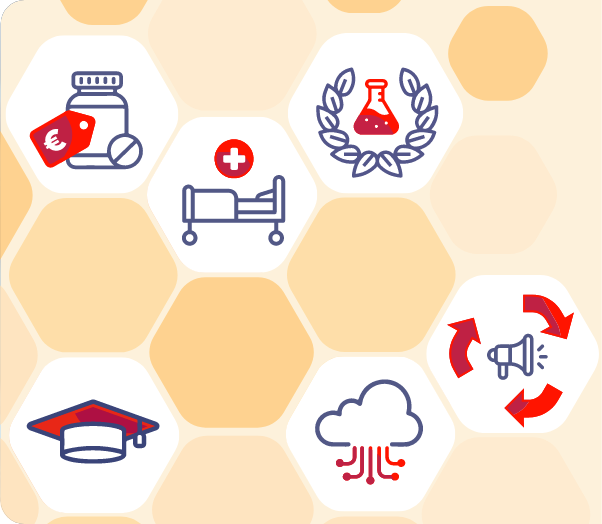The focus of this project is to develop a novel home-based exergaming system aimed at enhancing resistance to falls among individuals post-stroke. Preventing falls and fall-related injuries, minimizes healthcare utilization and societal costs and supports stroke survivors in maintaining independence in daily life.
The Research
The HEROES system is designed to target balance perturbations and improve stepping responses. It utilizes action observation and motor imagery techniques to personalize training for individuals with stroke. Stroke survivors will undergo a single training session in a rehabilitation center to practice recovering from real balance perturbations before using HEROES at home.
The effectiveness of the HEROES-system will be assessed through a proof-of-principle randomized controlled trial (RCT) involving 60 stroke survivors, evaluating its impact on fall resistance and balance enhancement post-stroke. The approach of involving stroke survivors sets HEROES clearly apart from the currently available home-based exergames, which uses ‘healthy’ people and lack the required personalization of different post-stroke individuals.
Origin
This project is funded within the Innovative Medical Devices Initiative (IMDI) program 'Heart for Sustainable Care'. The focus of this program is the development of medical technology for the earlier detection, monitoring, and better treatment of cardiovascular diseases to ensure accessible healthcare and sufficient staffing. The program has been developed en funded by the Dutch Heart Foundation, ZonMw and NWO, who collaborate within the Dutch CardioVascular Alliance.

